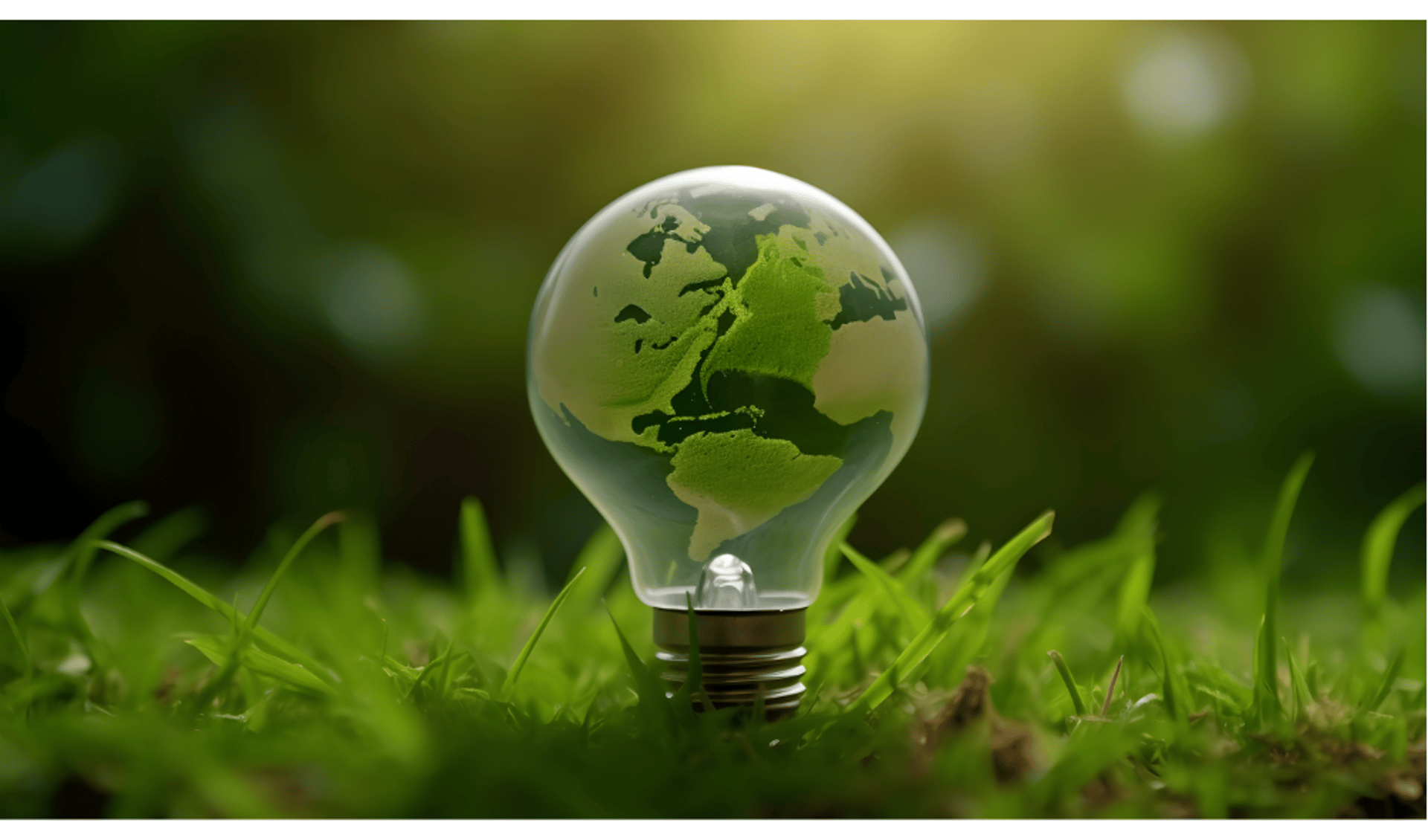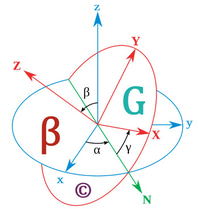The Intersection of Renewable Energy and Technology
The renewable energy revolution is being powered not just by the sun, wind, and water, but also by cutting-edge technology. From artificial intelligence to blockchain, technological advancements are transforming how we generate, store, and distribute clean energy. In this blog, we’ll explore the exciting intersection of renewable energy and technology, and how these innovations are shaping the future of energy.
ELECTRICAL ENGINEERINGSUSTAINABILITYENERGY
Engr. Benjamin V. Gonzales Jr.
5/22/20253 min read
How Technology is Driving Renewable Energy
Technology is playing a pivotal role in overcoming the challenges of renewable energy adoption and maximizing its potential. Here’s how:
Improving Efficiency: Advanced materials and designs are making solar panels and wind turbines more efficient at converting energy.
Enabling Energy Storage: Innovations in battery technology are solving the intermittency problem of renewables, ensuring a steady supply of electricity.
Optimizing Grids: Smart grids and digital tools are making energy distribution more efficient and reliable.
Enhancing Accessibility: Technology is making renewable energy more affordable and accessible to people around the world.
Key Technologies Transforming Renewable Energy
Here are some of the most exciting technologies driving the renewable energy sector:
1. Artificial Intelligence (AI) and Machine Learning
Predictive Maintenance: AI analyzes data from wind turbines and solar panels to predict equipment failures and schedule maintenance, reducing downtime and costs.
Energy Forecasting: Machine learning algorithms predict energy production from renewables, helping grid operators balance supply and demand.
Optimization: AI optimizes the performance of renewable energy systems, maximizing energy output and efficiency.
2. Blockchain
Peer-to-Peer Energy Trading: Blockchain enables individuals and businesses to buy and sell renewable energy directly, creating decentralized energy markets.
Transparency and Accountability: Blockchain ensures transparent tracking of renewable energy certificates and carbon credits, building trust in green energy claims.
3. Internet of Things (IoT)
Smart Meters: IoT-enabled smart meters provide real-time data on energy consumption, helping consumers and utilities manage energy use more effectively.
Remote Monitoring: IoT sensors monitor the performance of renewable energy systems, enabling quick detection and resolution of issues.
4. Advanced Energy Storage
Solid-State Batteries: These next-generation batteries offer higher energy density, faster charging, and improved safety compared to traditional lithium-ion batteries.
Flow Batteries: Ideal for grid-scale storage, flow batteries store energy in liquid electrolytes, providing long-duration storage solutions.
5. Smart Grids
Demand Response: Smart grids adjust energy consumption in real-time based on supply, reducing peak demand and preventing blackouts.
Integration of Renewables: Smart grids seamlessly integrate renewable energy sources, ensuring a stable and reliable power supply.
6. Hydrogen Technology
Green Hydrogen: Produced using renewable energy, green hydrogen is a clean fuel for industries, transportation, and energy storage.
Fuel Cells: Hydrogen fuel cells generate electricity with zero emissions, offering a clean alternative for vehicles and backup power.
Real-World Applications of Renewable Energy Technology
Here are some inspiring examples of how technology is transforming renewable energy:
Tesla’s Powerwall: A home battery system that stores solar energy for use at night or during outages, enabling energy independence.
Google’s DeepMind: Using AI to predict wind energy output, increasing the value of wind energy by 20%.
LO3 Energy: A blockchain-based platform that allows communities to trade renewable energy locally, creating decentralized energy markets.
Virtual Power Plants (VPPs): Networks of decentralized energy resources, like solar panels and batteries, managed using AI and IoT to act as a single power plant.
The Benefits of Technology in Renewable Energy
Increased Efficiency: Technology maximizes the output of renewable energy systems, making them more cost-effective.
Enhanced Reliability: Smart grids and energy storage ensure a stable and reliable energy supply, even with variable renewables.
Greater Accessibility: Technology is making renewable energy more affordable and accessible to people in remote and underserved areas.
Accelerated Innovation: Technological advancements are driving rapid progress in renewable energy, bringing us closer to a sustainable future.
Challenges and Solutions
While technology is transforming renewable energy, challenges remain:
High Costs: Some advanced technologies, like solid-state batteries, are still expensive. Continued research and economies of scale will help reduce costs.
Cybersecurity Risks: Smart grids and IoT devices are vulnerable to cyberattacks. Robust security measures are essential to protect energy systems.
Integration Complexity: Integrating new technologies into existing energy infrastructure can be challenging. Collaboration between stakeholders is key to overcoming these hurdles.
How You Can Embrace Renewable Energy Technology
Interested in leveraging technology for clean energy? Here’s how you can get started:
Adopt Smart Home Technology: Use smart thermostats, meters, and appliances to optimize your energy use.
Invest in Energy Storage: Consider installing a home battery system to store solar energy and increase your energy independence.
Support Tech-Driven Renewables: Choose energy providers that use advanced technologies to deliver clean energy.
Stay Informed: Keep up with the latest developments in renewable energy technology and share your knowledge with others.
Conclusion
The intersection of renewable energy and technology is unlocking incredible possibilities for a sustainable future. By harnessing the power of AI, blockchain, IoT, and other innovations, we can overcome the challenges of renewable energy and accelerate the transition to a clean energy economy. Together, technology and renewables are paving the way for a brighter, greener tomorrow.





